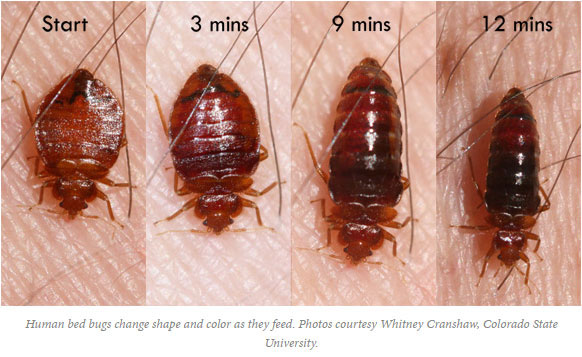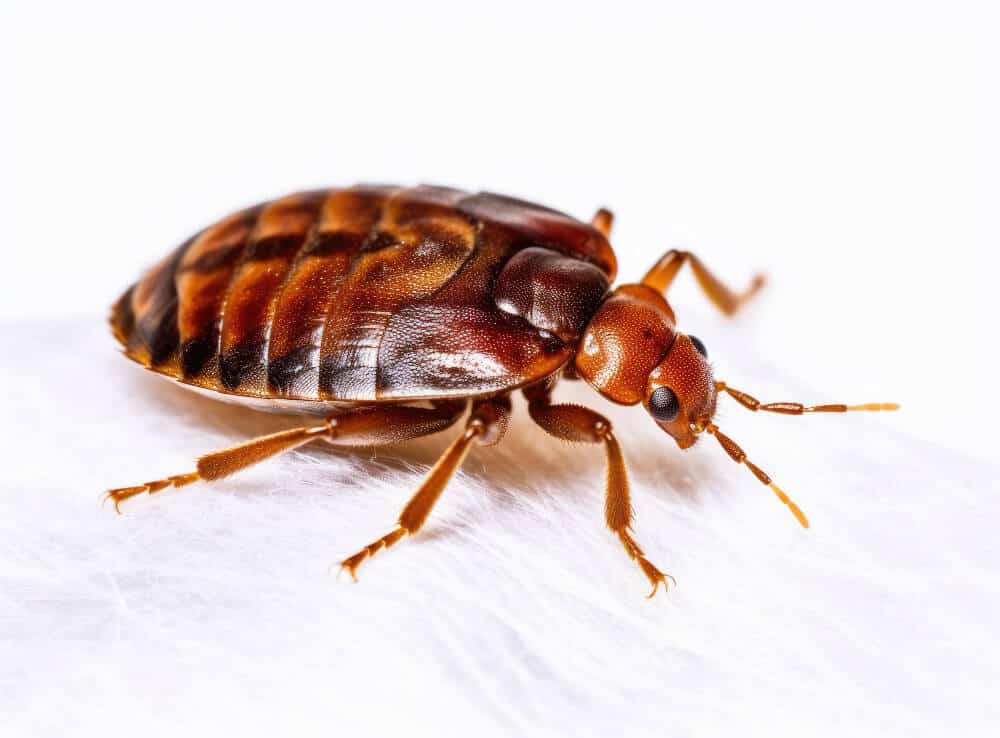Affordable A1 Bed Bug Removal in Houston - Specialist Exterminators
Affordable A1 Bed Bug Removal in Houston - Specialist Exterminators
Blog Article
Understanding the Lifecycle of Pests for Targeted Control Methods
Comprehending the lifecycle of pests is a fundamental aspect of effective pest management strategies. Via a much deeper understanding of just how parasites develop and thrive, customized control approaches can be developed to attend to particular factors in their lifecycle, ultimately leading to even more successful bug monitoring end results.
Relevance of Understanding Insect Lifecycle
Recognizing the lifecycle of parasites is crucial for establishing efficient and targeted control approaches in pest management. By comprehending the different phases a pest experiences from egg to grownup, pest control experts can determine weak spots in the lifecycle where intervention can be most successful. As an example, understanding when larvae are most active can assist establish the optimum timing for using larvicides. In addition, comprehending the life-span of a pest types can aid in anticipating population growth patterns and potential problem risks.
Additionally, identifying the details ecological conditions necessary for each and every phase of the insect's lifecycle can direct choices on habitat adjustment or exclusion approaches to disrupt the lifecycle and minimize parasite populations. This understanding allows pest administration specialists to execute proactive steps instead than counting exclusively on responsive treatments, resulting in more lasting and lasting pest control solutions. Ultimately, a comprehensive understanding of bug lifecycles empowers insect control practitioners to tailor their methods efficiently, decreasing environmental impacts and optimizing control results.
Trick Stages in Parasite Advancement
To effectively apply targeted control strategies in bug administration, a vital aspect depends on thoroughly recognizing and understanding the key phases in bug growth. Bug advancement usually consists of several crucial stages that are vital for their lifecycle and administration. The initial stage is the egg phase, where bugs lay eggs that later on hatch into larvae. Larvae then advance right into pupae, a phase where they undergo metamorphosis prior to becoming adult parasites. Comprehending these phases is important as it helps in identifying weak spots in the lifecycle where control steps can be most reliable.

Vulnerabilities in Bug Lifecycle
Throughout the numerous phases of a parasite's lifecycle, distinct vulnerabilities arise that can be purposefully targeted for effective control actions. One crucial susceptability hinges on the egg phase, where pests are frequently much more prone to specific insecticides or organic control representatives because of their soft outer shell, making them less complicated targets for treatment. Furthermore, the nymph or larval phase offers vulnerabilities as bugs undergo rapid development and go to these guys development, requiring high power consumption that can be manipulated by interrupting their food sources or presenting development inhibitors. Pupal stages, defined by immobility and improvement, supply a window for targeted control through physical obstacles or particular treatments that impede effective development. Finally, learn the facts here now adult bugs, while a lot more durable as a result of their reproductive capacity, can still be vulnerable during breeding or egg-laying activities, which can be interfered with with pheromone catches or sterilization techniques. Understanding these susceptabilities in the pest lifecycle is crucial for establishing accurate and reliable control strategies that successfully handle parasite populaces while reducing ecological effect.
Carrying Out Targeted Control Procedures

Executing targeted control steps typically entails a multi-faceted strategy. This may consist of habitat modification to make the setting less welcoming to pests, such as eliminating standing water for insect control or securing entry factors for rodents. Additionally, biological control methods can be made use of, where natural predators or pathogens are introduced to maintain insect populaces in check.
Chemical control, such as the mindful application of chemicals, is one more common technique. Nonetheless, it is essential to make use of these compounds sensibly to reduce ecological impact and prospective harm to non-target varieties. Integrated Pest Administration (IPM) strategies that incorporate various control actions in a worked with and sustainable way are often the most effective in accomplishing lasting pest administration objectives. By implementing targeted control measures based on a my review here comprehensive understanding of insect lifecycles, bug populaces can be effectively managed while lessening risks to human wellness and the atmosphere.
Boosted Pest Management Practices

In addition, the incorporation of organic control agents, such as natural killers or virus of pests, can help decrease dependence on chemical pesticides and promote a much more well balanced ecological community. Implementing physical barriers and catches can additionally be part of boosted pest management practices, supplying safe and targeted remedies for pest control. Additionally, making use of scents and other semiochemicals can interrupt pest mating patterns and interaction, bring about minimized pest populations with time.
Final Thought
By determining essential phases in insect growth and susceptabilities in their lifecycle, targeted control procedures can be implemented to decrease parasite populations. Boosted parasite administration practices can help minimize the dependence on broad-spectrum chemicals and promote even more eco friendly and lasting pest control techniques.
Recognizing the lifecycle of bugs is important for developing reliable and targeted control approaches in bug monitoring. By comprehending the various stages an insect goes with from egg to adult, insect control specialists can determine at risk points in the lifecycle where intervention can be most successful. Inevitably, a detailed understanding of insect lifecycles empowers insect control specialists to tailor their approaches successfully, maximizing and decreasing ecological impacts control end results.
By applying targeted control steps based on an extensive understanding of insect lifecycles, pest populations can be effectively regulated while decreasing risks to human health and the environment.
By determining vital stages in parasite growth and susceptabilities in their lifecycle, targeted control steps can be implemented to minimize parasite populations.
Report this page